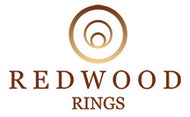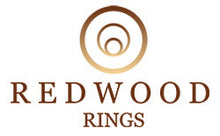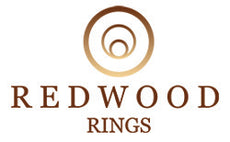Why Do Men Wear Earrings?

The trend of men wearing earrings has traversed a long and varied history, evolving through the ages to become a symbol of diverse meanings, from status and bravery to fashion and personal expression. This practice, rooted in ancient traditions, has seen a resurgence in modern times, challenging traditional norms and reflecting a shift in societal attitudes towards masculinity and self-expression. As we delve into the cultural influences that have shaped this trend, it becomes clear that the significance of earrings in a man's wardrobe extends far beyond mere ornamentation, embodying a rich tapestry of cultural heritage and contemporary fashion statements.
Cultural Influences
Cultural heritage significantly shapes the norms and practices surrounding men wearing earrings. Historically, in various African, Polynesian, and Indigenous American communities, earrings have been more than mere adornments for men; they serve as integral elements of cultural dress, imbued with deep spiritual, societal, or cultural meanings. These practices highlight the diversity of perspectives on male jewelry across cultures.
In today's interconnected world, the boundaries of fashion are increasingly blurred, thanks to the ease of cross-cultural exchanges through travel and digital connectivity. This global melting pot of styles and norms has progressively normalized the wearing of earrings by men, showcasing a fascinating evolution from specific cultural identities to a broader, more inclusive acceptance of fashion choices.
Did you know?
The oldest earrings discovered date back to 2500 BCE, found in the Sumerian city of Ur, which is now modern-day Iraq.
History of Earrings
Earrings have adorned human ears for millennia, with their origins tracing back to ancient civilizations, where they served not only as decorative items but also as symbols of status and identity. The earliest evidence of earrings is found in ancient Sumeria, dating back to around 2500 BCE, where intricate gold hoop earrings were discovered in royal graves, suggesting their association with wealth and nobility. In ancient Egypt, earrings were worn by both men and women, often crafted from precious metals and stones, to display social status or for protective and talismanic reasons.
The Greeks and Romans also embraced earrings, incorporating pearls and other gemstones into their designs, reflecting beauty and luxury. Throughout the Middle Ages in Europe, earrings became less popular, partly due to the fashion of high collars and headdresses, which covered the ears. However, by the Renaissance period, earrings had made a resplendent return, with designs becoming increasingly elaborate, often reflecting the wearer's social standing and wealth. This rich tapestry of history showcases earrings' evolution from simple adornments to complex symbols of cultural identity, fashion, and status across different epochs and civilizations.
Did you know?
Practice of ear piercing and wearing earrings has been around for over 4,500 years.
Types of Earrings
Stud Earrings
Hoop Earrings
Drop Earrings
Dangle Earrings
Chandelier Earrings
Clip-on Earrings
Huggie Earrings
Ear Cuffs
Threader Earrings
Threader earrings consist of a thin chain that is threaded through the earlobe, leaving lengths of chain dangle on either side. They offer a minimalist and modern look, perfect for those who prefer sleek and simple jewelry.
Did you know?
The global jewelry market is expected to reach around $292 billion by 2025, growing at a compound annual growth rate (CAGR) of 5%.
Materials and Gemstones
Earrings are crafted from a variety of materials and can be embellished with an array of gemstones, each adding its unique beauty and value to the piece. Here's an overview of common materials and gemstones used in earrings:
Materials
Gold
Silver
Platinum
Stainless Steel
Titanium
Other Materials
Earrings can also be made from non-metal materials such as wood, plastic, glass, and fabric, offering a vast array of styles and designs. These materials are often used in more casual or fashion-forward jewelry.
Did you know?
The most expensive earrings ever sold at auction were the "Apollo and Artemis Diamonds," fetching over $57 million in 2017.
Gemstones
Diamonds
Pearls
Rubies
Sapphires
Emeralds
Opals
Amethyst, Topaz, and More
Health and Safety Considerations
When it comes to wearing earrings, health and safety considerations are paramount to prevent infections, allergic reactions, and injuries. It's crucial to ensure that ear piercings are performed using sterile equipment by a professional in a clean environment to minimize the risk of infection. After getting a new piercing, following proper aftercare instructions — such as cleaning the area with a saline solution and avoiding unnecessary handling — is essential for healing. Hypoallergenic materials like gold, platinum, titanium, and surgical stainless steel are recommended for those with sensitive skin to avoid allergic reactions.
Additionally, wearing earrings that are too heavy can stretch the earlobes over time, leading to discomfort and potential tearing, so it's important to choose the size and weight of earrings wisely. For infants and young children, special considerations should be taken to ensure earrings do not pose a choking hazard and that the child is capable of communicating any discomfort or signs of infection. Overall, prioritizing health and safety can enhance the enjoyment and comfort of wearing earrings, ensuring a positive experience for all.





